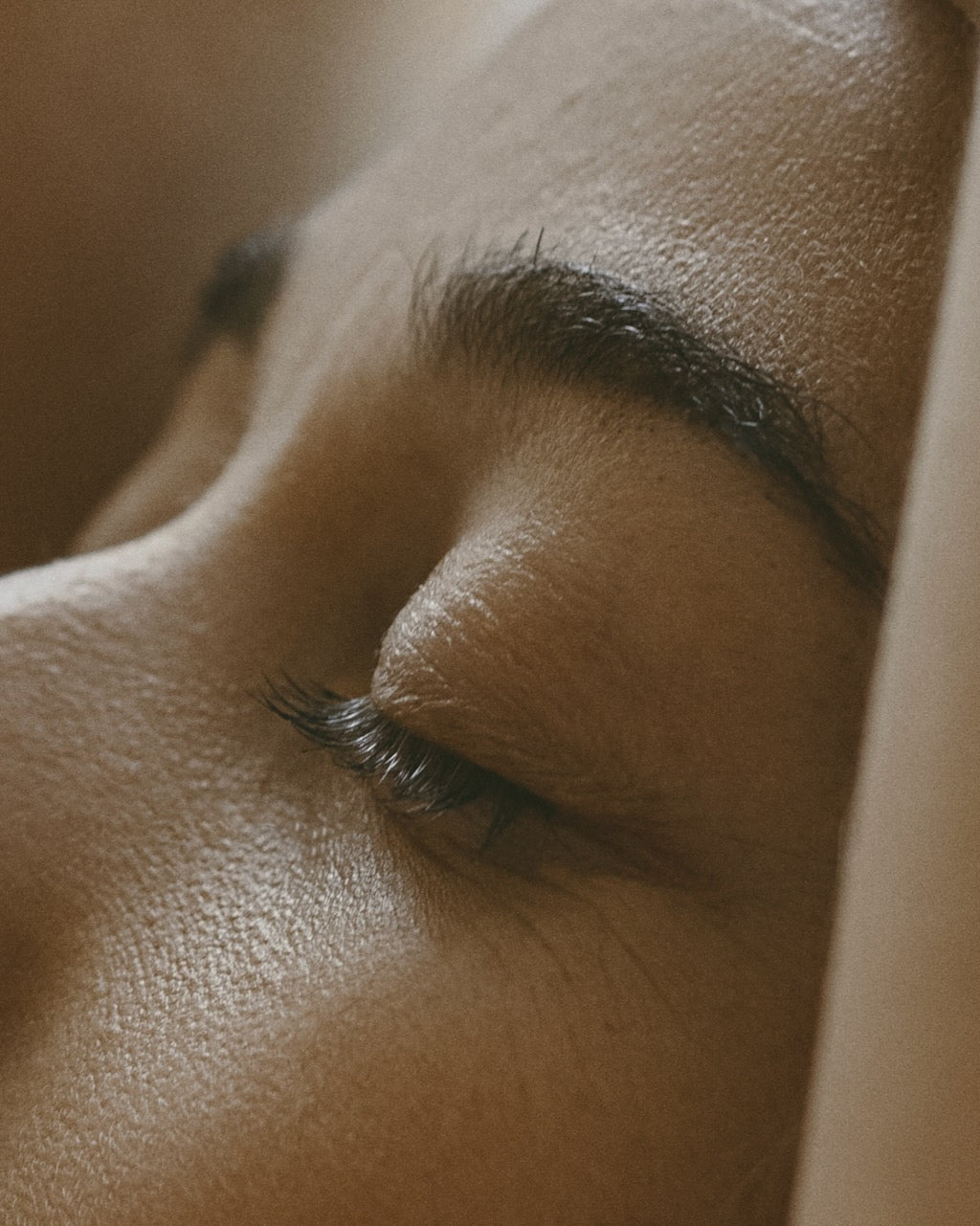The Skin Damage We Do In Pursuit of Perfection


Forget the beholder, beauty is in the eye of your choice procedure. From tricky, at-home chemical peels to literally eating shit, how far are you willing to go to achieve your ideal skin aesthetic? Chasing youth and skin as perfectly glazed as a donut has become a societal standard. Even with the body positivity movement helping us to see a bit clearer, social media and its alienesque, pore-filling filters can easily blur our vision all over again. Which leads us to grasp towards unrealistic standards, no matter what painful cost they may come at.
The term self-care has gone past the point of buzzy, yet somehow a lot of us avert our eyes to its core meaning which is to honor what our bodies need and not push them past pain’s threshold.
It’s clear that, as a society and individuals, we’re hard to please, but why is that? Is it that socialists are right to criticize capitalism, an ideal so internalized that it pushes us towards improvement to the point of exhaustion, even when it comes to our external beauty? Is it that we’re so ego-driven that we can’t resist peacocking to the point of pain? Or is it less cerebral and simply the fault of marketing messages that overpromise and skincare products that underdeliver? Leading us to think that we’re the ones in the wrong. Whether it’s one, all, or the fault of a completely different theory, the fact stands that we remain unsatisfied. As a result, the search for the solution to our dissatisfaction and thirst for instant gratification can end up leading us down some questionable roads.
Shock and awe seem to be guiding lights when it comes to selecting the skin treatments we subject ourselves to. We want to be fixed, but at the same time entertained, whether it’s to flaunt on social media or simply self-stimulation. Take the popular vampire facial as an example. Its marketing is smart in that the name is directly tied to the bloody apparence your face boasts during treatment, while also calling on the eternally youthful nature of the character of horror. Ghostly white and frightening, yes, but also free of visual flaws. Give and take is the name of the beauty game. In the case of the vampire facial, it ultimately can give you increased collagen production and brighter, tighter skin, but takes blood from your arm and upwards of $2,000 from your wallet.
In the pursuit of perfection, we’re also tempted to take our work home with us via controversial at-home skincare treatments, such as too-strong chemical peels, which used to be reserved for in-office only. Thanks to brands pushing products that are too potent to be used without dermatologist supervision while simultaneously urging consumers to use said products more frequently, people can get mixed up and suffer some painful consequences.
Part of the reason brands are able to sell such intense treatments is due to the lackadaisical standards the United States holds when it comes to beauty products. For instance, the Campaign for Safe Cosmetics reports that, “The EU law bans 1,328 chemicals from cosmetics that are known or suspected to cause cancer, genetic mutation, reproductive harm or birth defects. In comparison, the U.S. FDA has only banned or restricted 11 chemicals from cosmetics.” That gap is startling and should be taken into account when choosing which beauty products we treat our skin to.
An example of this difference in standards is Drunk Elephant’s T.L.C. Sukari BabyFacial™ Mask and The Ordinary’s Exfoliating Peeling Solution. These two products are not sold in the EU or Canada due to the high concentration of AHA (alpha hydroxy acid) found in their formulas. The former boasts 25% AHA plus 2% BHA (salicylic acid) while the latter is even higher at 30% AHA and 2% BHA. AHA is an exfoliant and BHA also exfoliates skin while unclogging pores. Both the EU and Canada have determined that any product with an AHA concentration over 10% is to be used by professionals only. This should make our ears perk up as consumers and make us realize that some treatments really need to be left in our dermatologists’ hands, not our own devices and vanity mirrors.
Instead of deeming our skin a battle zone to go to war atop of, let’s start treating it with respect as the (very literal) vital organ it is. A shift in ideals would only encourage a ripple effect that would hopefully seep into other facets of our lives. The overall ethos being to be tender and kind to ourselves. Let’s work with our bodies rather than against them to make beauty a celebration free of compromise.
Photo by Danny Owens